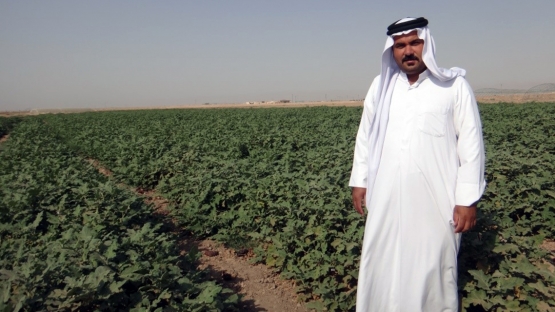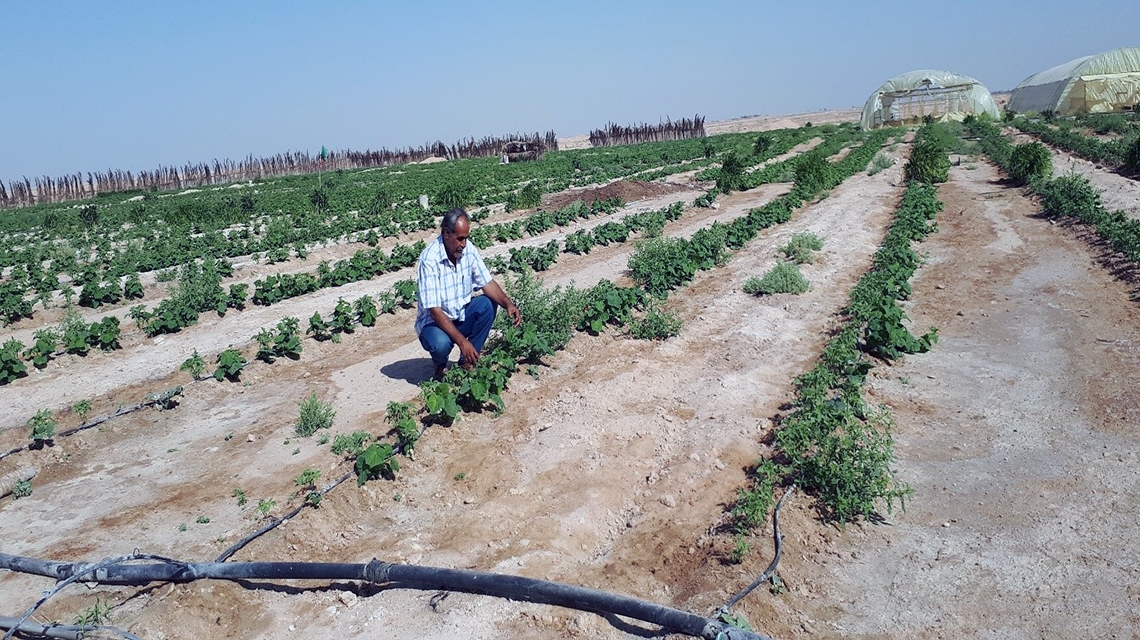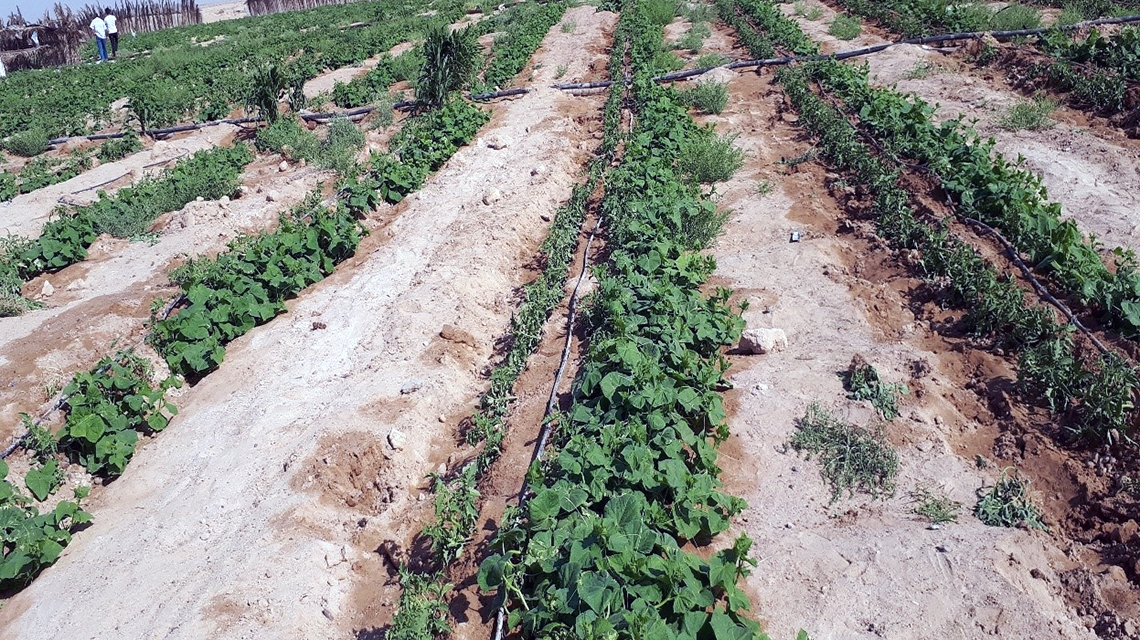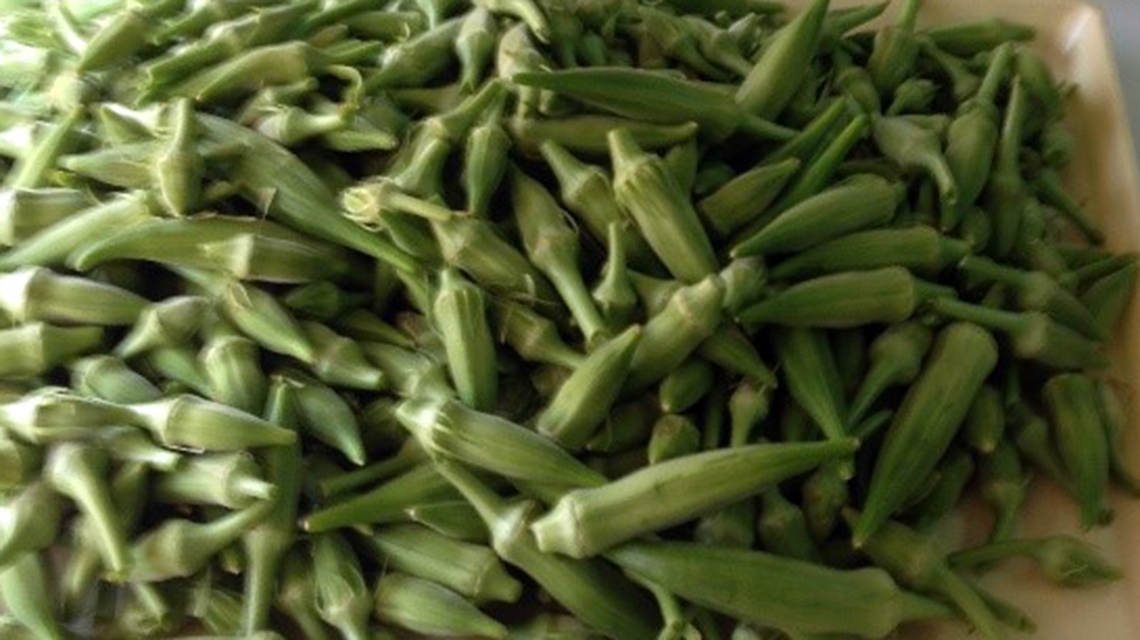Salinization – the increasing amount of salt content in soil – contributes to land degradation, desertification and subsequently food insecurity. In the Middle East, the main constraint on agricultural development of arid and semi-arid land is limited water availability, making agricultural production difficult. To address the dual challenge of soil salinity and water shortage, the IAEA, in partnership with the Food and Agriculture Organization of the United Nations (FAO), has supported ten countries in the region facing severe salinization to improve soil, water and crop management practices with the use of nuclear and isotopic techniques. Five years on, farmers are successfully growing crops under saline conditions with significant yield. Guidelines are now available to help countries produce various crops on different types of salt-affected soils.
Through its technical cooperation programme, and in partnership with the FAO, the IAEA trained and worked with 60 scientists from Iraq, Jordan, Kuwait, Lebanon, Oman, Qatar, Saudi Arabia, Syria, the United Arab Emirates and Yemen, who are now using nuclear and isotopic techniques to improve crop yields on salt-affected soils. These countries make up the Cooperative Agreement for Arab States in Asia for Research, Development and Training related to Nuclear Science and Technology (ARASIA).
“Soil salinity is dynamic and spreading globally in over 100 countries, and no continent is completely free from it,” said Mohammad Zaman, Soil scientist and Plant nutritionist at the Joint FAO/IAEA Division of Nuclear Techniques in Food and Agriculture. “However, most Middle East countries are facing severe salinization, and this is projected to increase due to climate change and its consequences: sea level rise and rising air temperature. The major challenges under these conditions are the availability of essential nutrients, especially nitrogen, as well as water for the plants that are adversely affected by excessive salts in the soil.”










